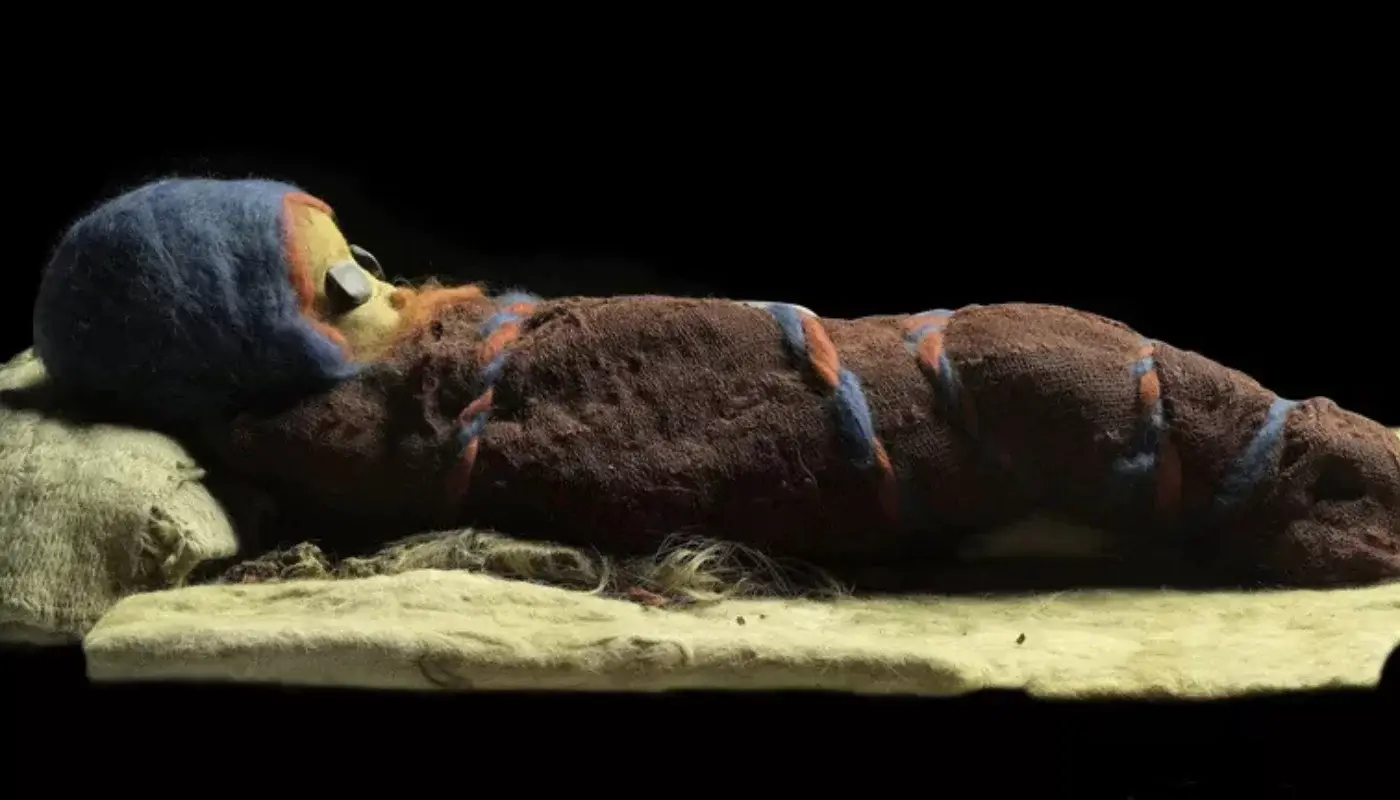
Archaeologists in western China have discovered dozens of mummies with an unexpected appearance. They are fair-skinned, red-haired and tall, and were buried thousands of years ago in the Taklamakan Desert, in the Tarim River basin. The find could shed new light on the connections between ancient civilizations and cultures.
Traces of a Mysterious People
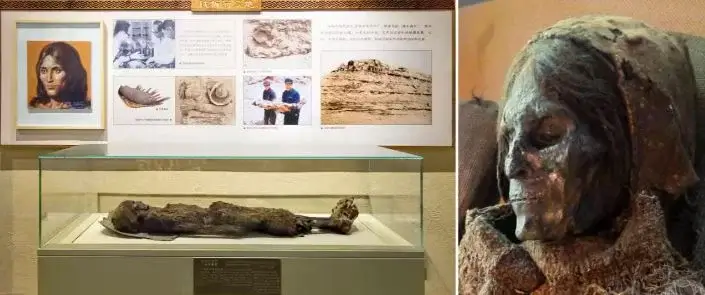
Some researchers suggest that these mummies may indicate that European peoples lived in the center of Asia in ancient times. So far, more than 300 Tarim mummies have been discovered, the most famous of which are the Loulan Beauty and the Cherchen Man.
Loulan Beauty and Cherchen Man
The Loulan Beauty is a mummy of a woman with orange hair who lived about 3,800 years ago, about 180 centimeters tall. Her body was perfectly preserved, and her personal belongings - a comb, a basket and a mat - were found at her burial site.
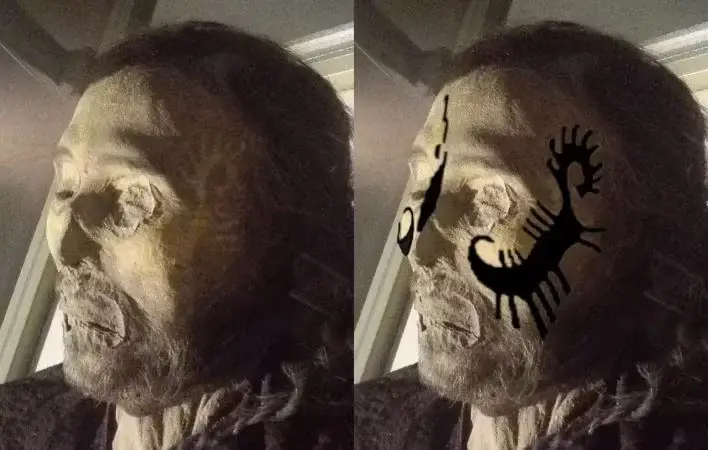
The Cherchen man, on the other hand, has white hair, tattoo marks on his face, and was buried with many burial objects. Archaeologists even found a baby mummy next to him, with blue stones placed over his eyes.
Historical connections and assumptions
Scientists are trying to figure out who these people were. According to one theory, they may be representatives of the Tocharians, a mysterious people who lived in Central Asia. According to other assumptions, they are connected with the migration routes of ancient Indo-European peoples.
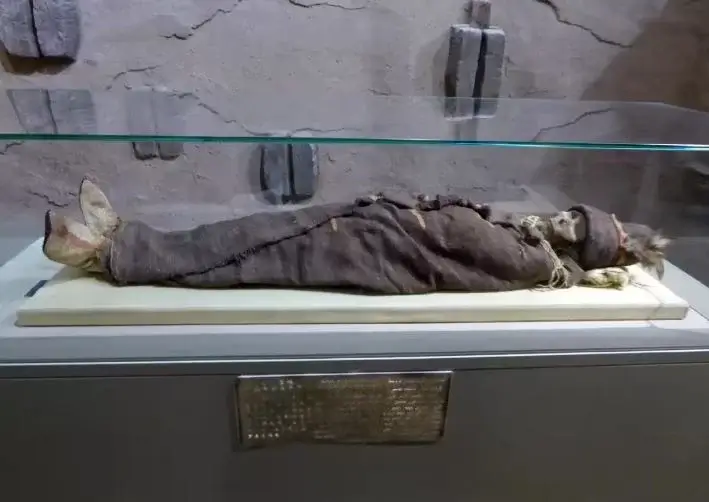
Interestingly, the Roman writer Pliny the Elder wrote about the existence of "medium-sized, flaxen-haired, and blue-eyed" people in China as early as the 1st century AD. This further strengthens the hypothesis about the Tarim mummies.
A new look at the isolation of ancient China
The unknown origin of the Tarim mummies casts doubt on the view of ancient China as an isolated state. These findings may indicate that contacts between Asian and European cultures existed much earlier.
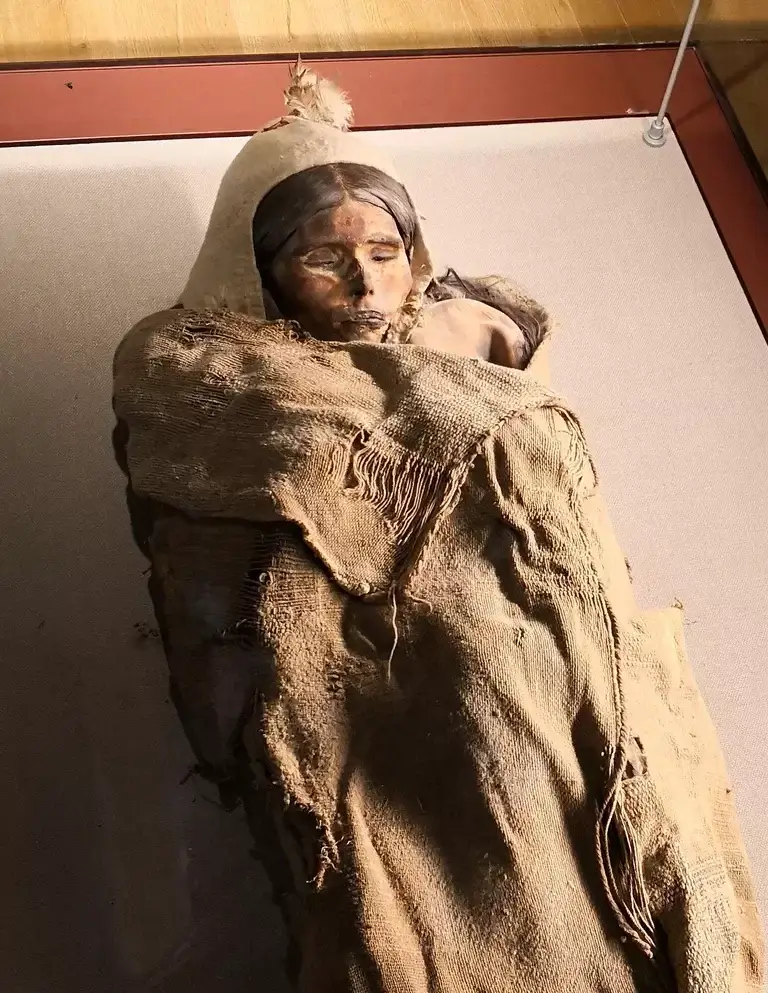
Also, in early April, it became known that traces of Neanderthals were found in China. These finds were made in a style typical of Western Europe, giving rise to the assumption that the East did not develop separately, as previously thought. Archaeological finds allow us to better understand the history of mankind. Read “Zamin” on Telegram!
Ctrl
Enter
Found a mistake?
Select the phrase and press Ctrl+Enter Related news














